-
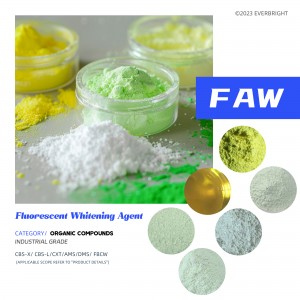
Fluorescent Whitening Agent (FWA)
It is a compound with a very high quantum efficiency, in the order of 1 million to 100,000 parts, which can effectively whiten natural or white substrates (such as textiles, paper, plastics, coatings). It can absorb the violet light with a wavelength of 340-380nm and emit blue light with a wavelength of 400-450nm, which can effectively make up for the yellowing caused by the blue light defect of white materials. It can improve the whiteness and brightness of the white material. The fluorescent whitening agent itself is colorless or light yellow (green) color, and is widely used in papermaking, textile, synthetic detergent, plastics, coatings and other industries at home and abroad. There are 15 basic structural types and nearly 400 chemical structures of fluorescent whitening agents that have been industrialized.
-
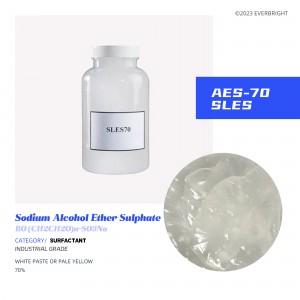
AES-70 / AE2S / SLES
AES is easily soluble in water, with excellent decontamination, wetting, emulsification, dispersion and foaming properties, good thickening effect, good compatibility, good biodegradation performance (degradation degree up to 99%), mild washing performance will not damage the skin, low irritation to the skin and eyes, is an excellent anionic surfactant.
-

Urea
It is an organic compound composed of carbon, nitrogen, oxygen and hydrogen, one of the simplest organic compounds, and is the main nitrogen-containing end product of protein metabolism and decomposition in mammals and some fish, and urea is synthesized by ammonia and carbon dioxide in industry under certain conditions.
-
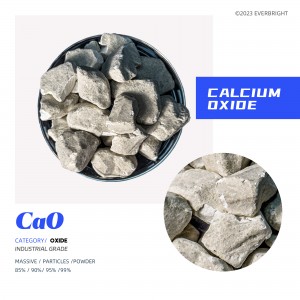
Calcium Oxide
Quick lime generally contains overheated lime, overheated lime maintenance is slow, if the stone ash paste hardening again, it will cause expansion cracking due to aging expansion. In order to eliminate this harm of lime burning, the lime should also be “aged” for about 2 weeks after maintenance. The shape is white (or gray, brown, white), amorphous, absorbing water and carbon dioxide from the air. Calcium oxide reacts with water to form calcium hydroxide and gives off heat. Soluble in acidic water, insoluble in alcohol. Inorganic alkaline corrosive articles, national hazard code :95006. Lime reacts chemically with water and is immediately heated to temperatures above 100°C.
-
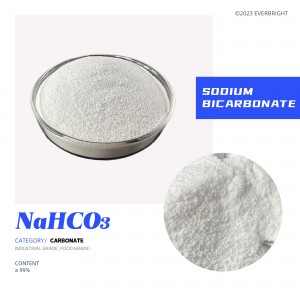
Sodium Bicarbonate
Inorganic compound, white crystalline powder, odorless, salty, soluble in water. It is slowly decomposed in humid air or hot air, producing carbon dioxide, which is completely decomposed when heated to 270 ° C. When exposed to acid, it breaks down strongly, producing carbon dioxide.
-
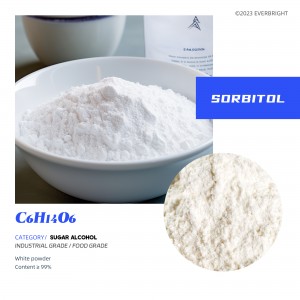
Sorbitol
Sorbitol is a common food additive and industrial raw material, which can increase the foaming effect in washing products, enhance the extensibility and lubricity of emulsifiers, and is suitable for long-term storage. Sorbitol added to food has many functions and effects on the human body, such as providing energy, assisting in lowering blood sugar, improving intestinal microecology and so on.
-
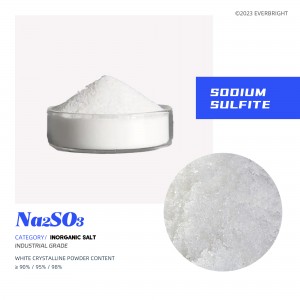
Sodium Sulfite
Sodium sulfite, white crystalline powder, soluble in water, insoluble in ethanol. Insoluble chlorine and ammonia are mainly used as artificial fiber stabilizer, fabric bleaching agent, photographic developer, dye bleaching deoxidizer, fragrance and dye reducing agent, lignin removal agent for paper making.
-
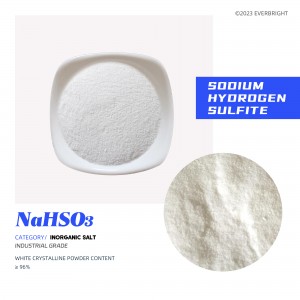
Sodium Hydrogen Sulfite
In fact, sodium bisulfite is not a true compound, but a mixture of salts that, when dissolved in water, produces a solution composed of sodium ions and sodium bisulfite ions. It comes in the form of white or yellow-white crystals with an odor of sulfur dioxide.
-
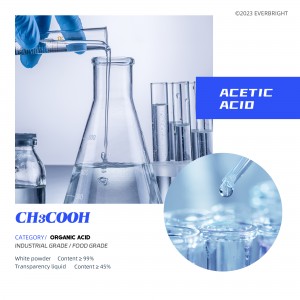
Acetic acid
It is an organic monic acid, the main component of vinegar. Pure anhydrous acetic acid (glacial acetic acid) is a colorless hygroscopic liquid, its aqueous solution is weakly acidic and corrosive, and it is strongly corrosive to metals.
-
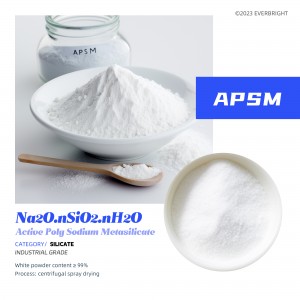
Active Poly Sodium Metasilicate
It is an efficient, instant phosphorus free washing aid and an ideal substitute for 4A zeolite and sodium tripolyphosphate (STPP). Has been widely used in washing powder, detergent, printing and dyeing auxiliaries and textile auxiliaries and other industries.
-
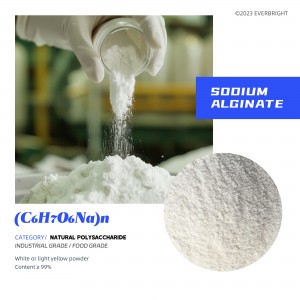
Sodium Alginate
It is a by-product of extracting iodine and mannitol from kelp or sargassum of brown algae. Its molecules are connected by β-D-mannuronic acid (β-D-Mannuronic acid, M) and α-L-guluronic acid (α-l-Guluronic acid, G) according to the (1→4) bond. It is a natural polysaccharide. It has the stability, solubility, viscosity and safety required for pharmaceutical excipients. Sodium alginate has been widely used in food industry and medicine.
-
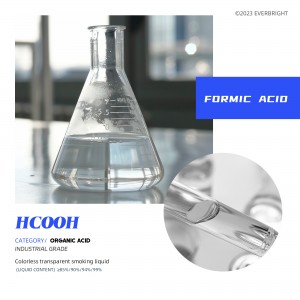
Formic acid
A colorless liquid with a pungent odor. Formic acid is a weak electrolyte, one of the basic organic chemical raw materials, widely used in pesticides, leather, dyes, medicine and rubber industries. Formic acid can be directly used in fabric processing, tanning leather, textile printing and dyeing and green feed storage, and can also be used as metal surface treatment agent, rubber auxiliary and industrial solvent.







